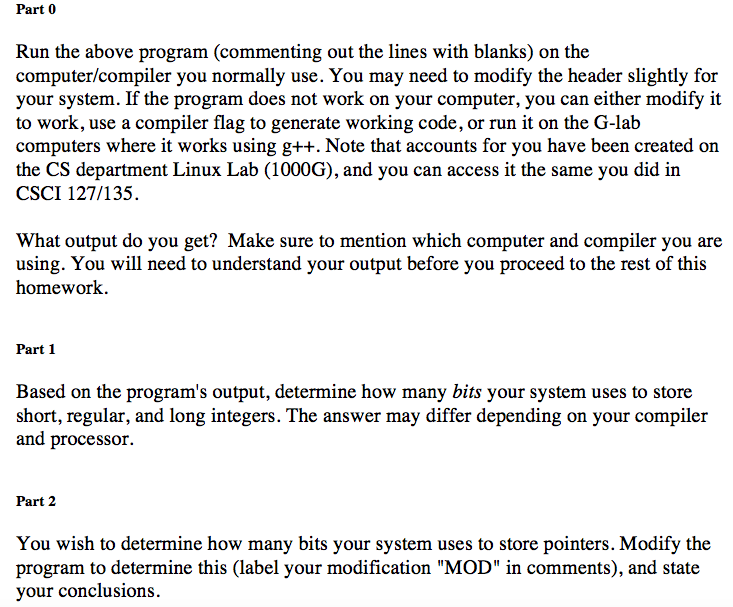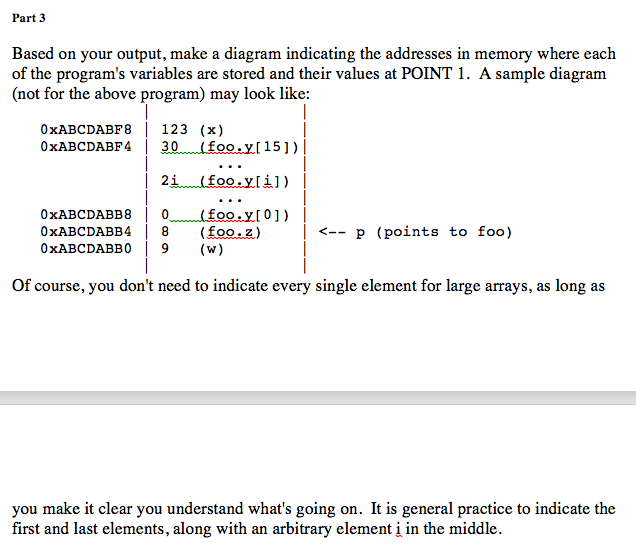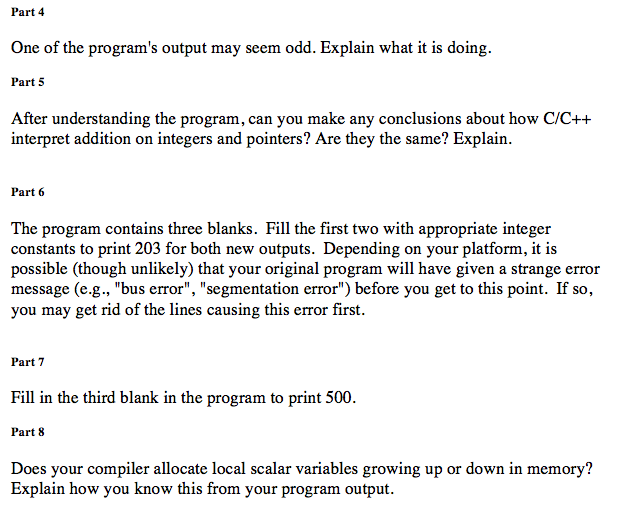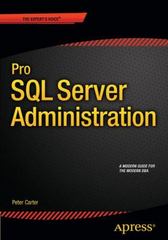Answered step by step
Verified Expert Solution
Question
1 Approved Answer
Consider the following C++ program: #include using namespace std; int main() { struct foo_t { int x[100]; int var1; int y[10]; } foo; int var2;
Consider the following C++ program: #include using namespace std; int main() { struct foo_t { int x[100]; int var1; int y[10]; } foo; int var2; long i; int *p, *q; short int *s; long int *l; struct foo_t bar[50]; for (i=0; i
Part 0, Need to use output for the rest of the parts. But no need for answer of Part 0.



Step by Step Solution
There are 3 Steps involved in it
Step: 1

Get Instant Access to Expert-Tailored Solutions
See step-by-step solutions with expert insights and AI powered tools for academic success
Step: 2

Step: 3

Ace Your Homework with AI
Get the answers you need in no time with our AI-driven, step-by-step assistance
Get Started


